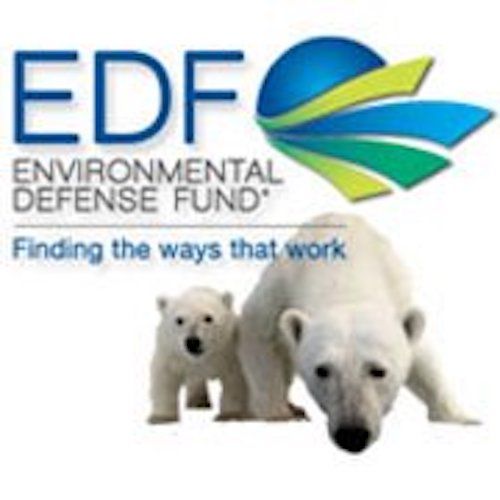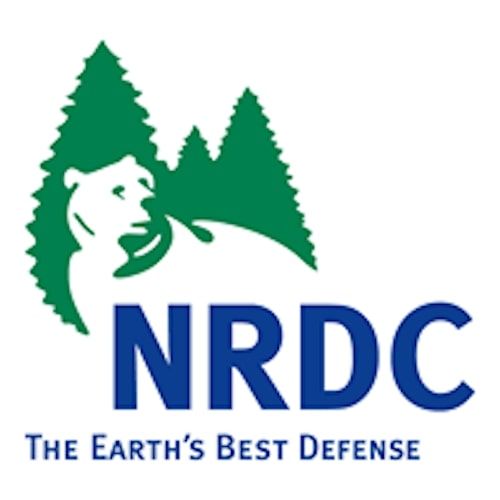If you ever want to feel popular, donate to an environmental charity.
Make one donation to a well-meaning organization, and your mailbox will immediately become full — every day — with similar charities that would also like to help you make the world a better place.
Overwhelmed by the love, perhaps you’d like to donate more, but aren’t sure where your money goes furthest. Even some massive, well-known organizations use upward of 30 percent of their donations for “administrative” costs and fundraising, while others might try and put their money to good use without many results.
We scoured the data for dozens of environmental charities at Charity Navigator, which publishes balance sheets and revenue statements from all 501(c)(3) organizations. And we took a look at what the best-scoring organizations were achieving, ultimately finding five of organizations where your money will do the most.





